What is a Government Shutdown?

In the US, a Government Shutdown is when funding isn’t secured to keep parts of the government running.
American Politics describes the politics of America since before Liberalism, Enlightenment, and Revolution and to today. The articles below explore the most important aspects of American politics as fun facts and myths.

In the US, a Government Shutdown is when funding isn’t secured to keep parts of the government running.

Social Conservatism is the ideology of social hierarchy and tradition that mixes liberal and conservative views. It comes in political and economic forms.
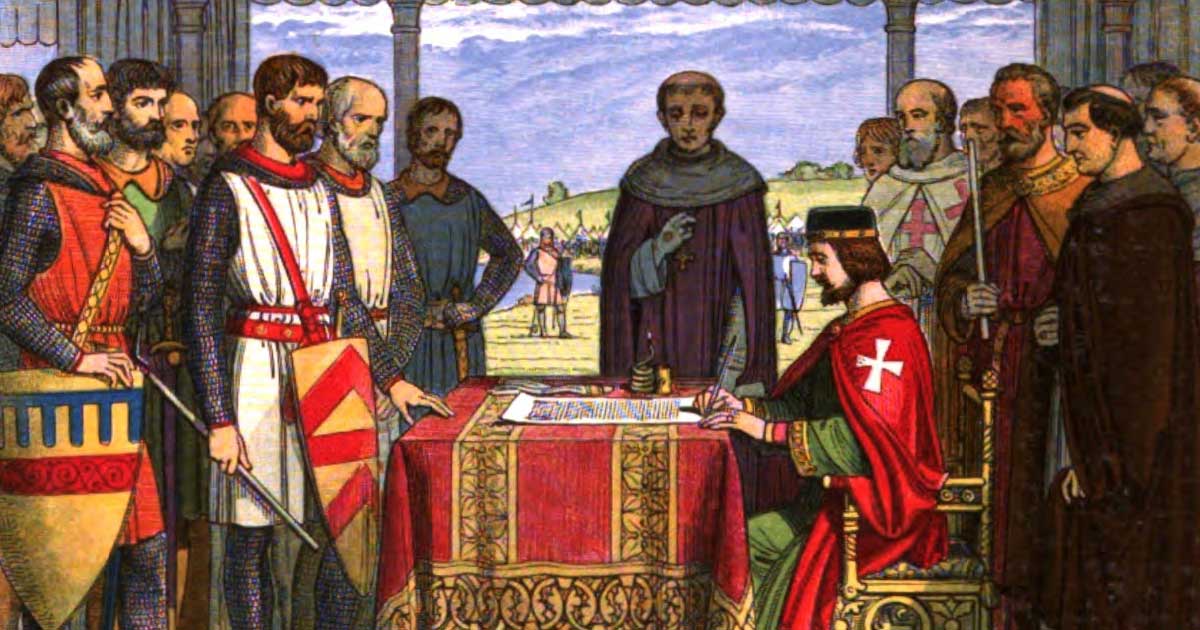
Classical Conservatism is the ideology of authority, hierarchy, order, and tradition (like classical aristocracy). It comes in political and economic forms.
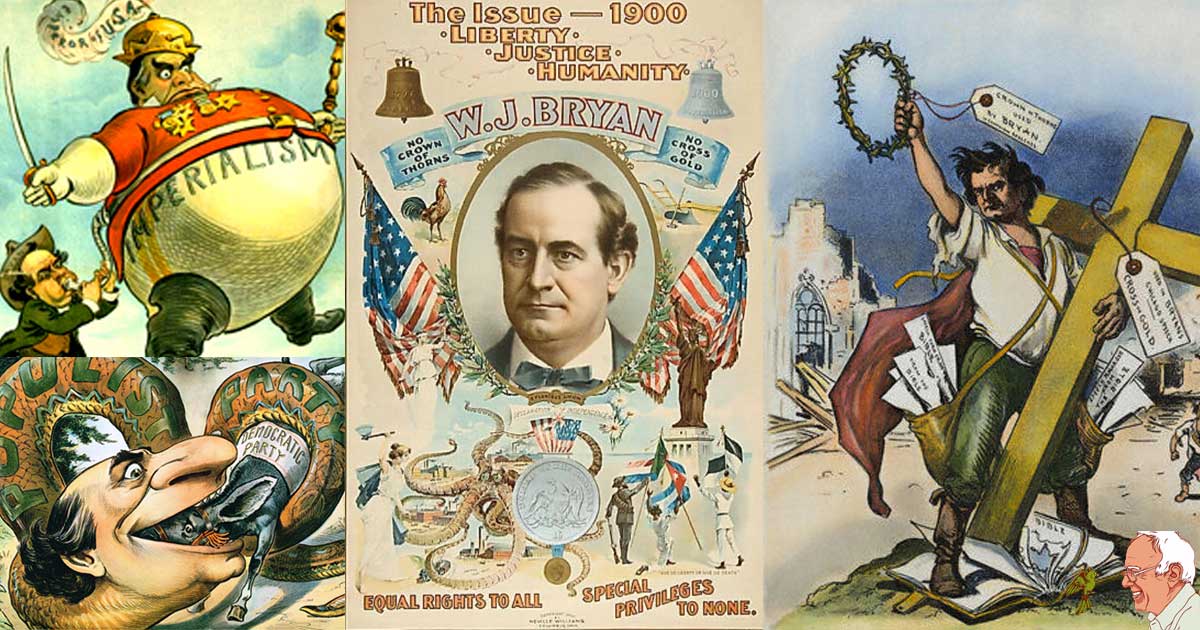
Social liberalism is the ideology of collective liberties and rights that favors social welfare and justice. It comes in a political and economic form.
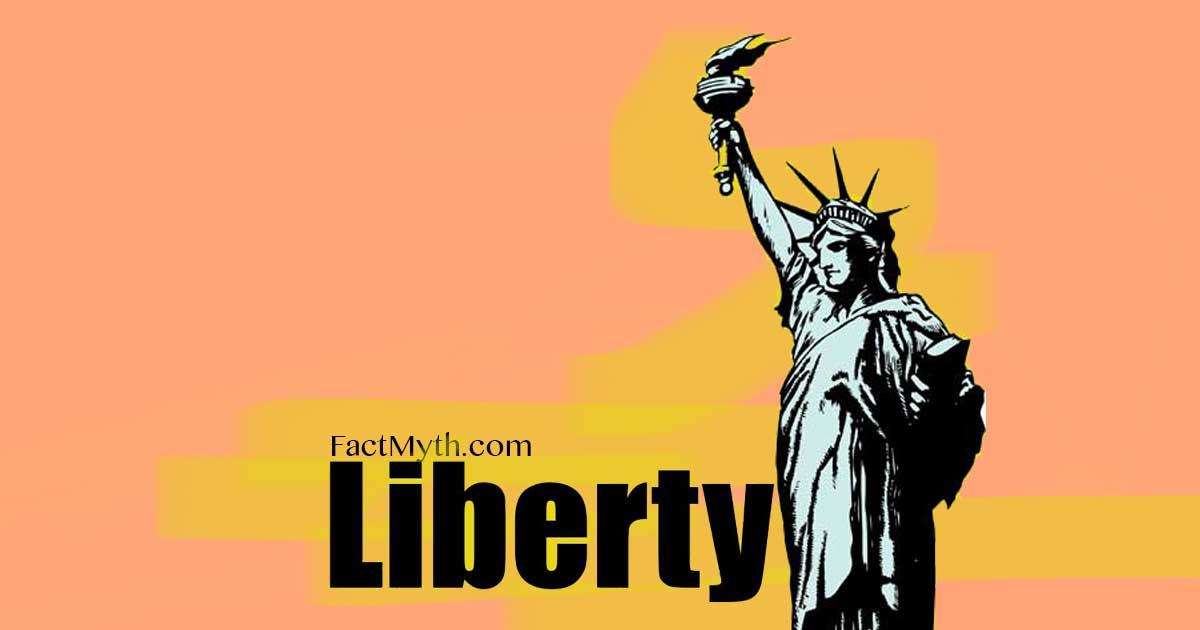
Classical liberalism is the ideology of liberties, rights, individualism, reason, and tolerance that comes in a political and economic form.
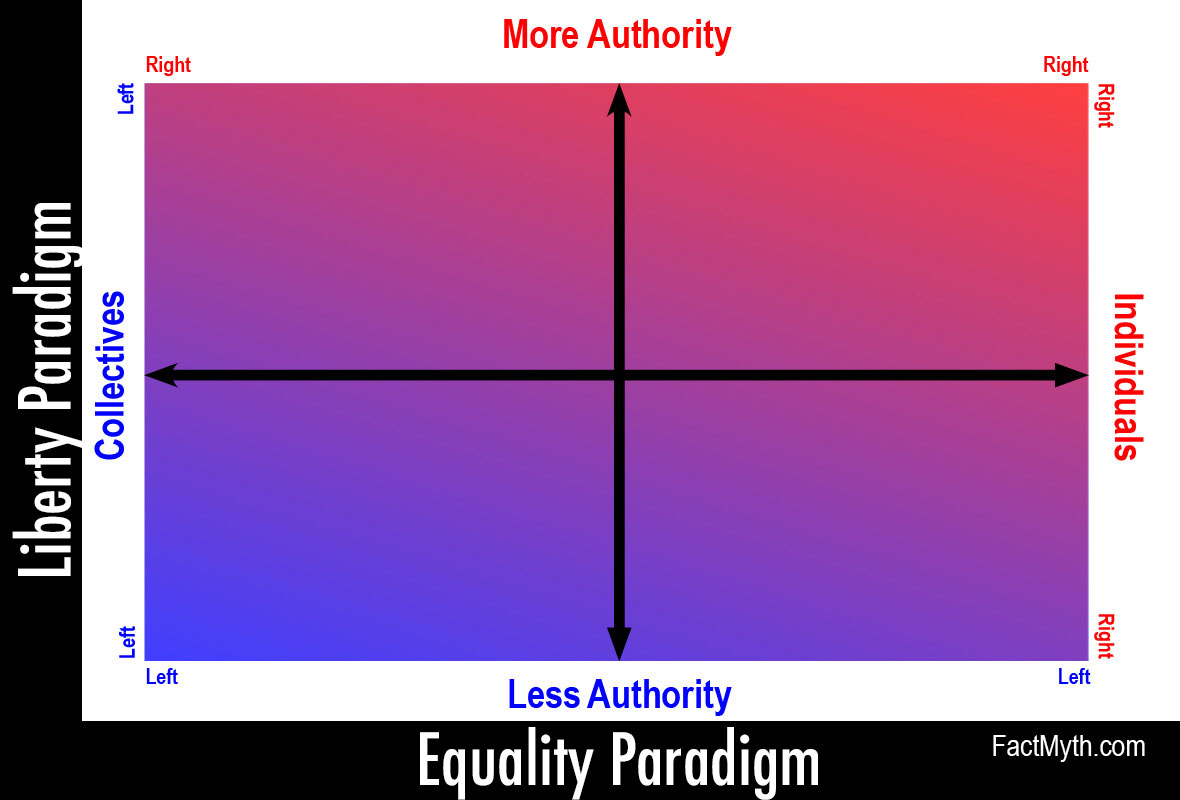
We describe a “purple strategy” modeled off purple state politics, for the Defense of Western Liberal Democracy and Republicanism.

All nations have some sort of class system or class structure, generally based on wealth, birth, or status. We explain modern and historic social class systems and the general logic behind them to see to what extent they are natural and what extent they are convention.

We discuss the importance of individualism and the complexities involved in balancing the spirit of Individualism with collective responsibility.

Marx and Mussolini called for extreme evolutions of socialism, Mises called for an absolutist return to individualist liberalism, but all miss the mark.
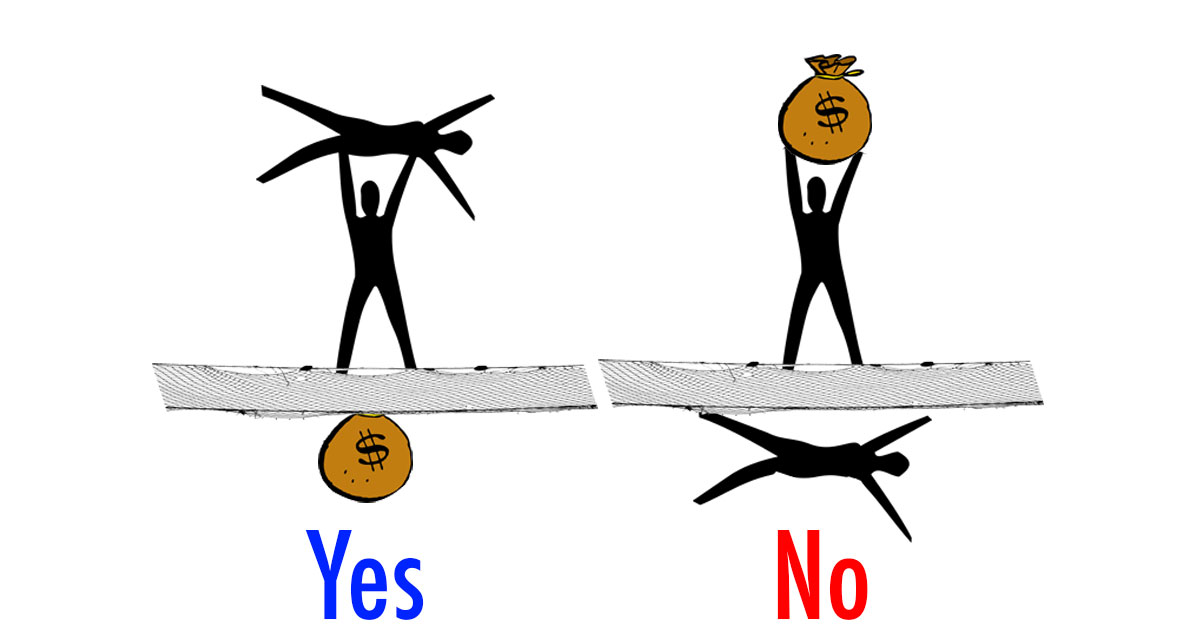
The Social Safety net is a collection of welfare services meant to help people bounce up when they hit bottom, it is not meant as a net to trap the poor under.